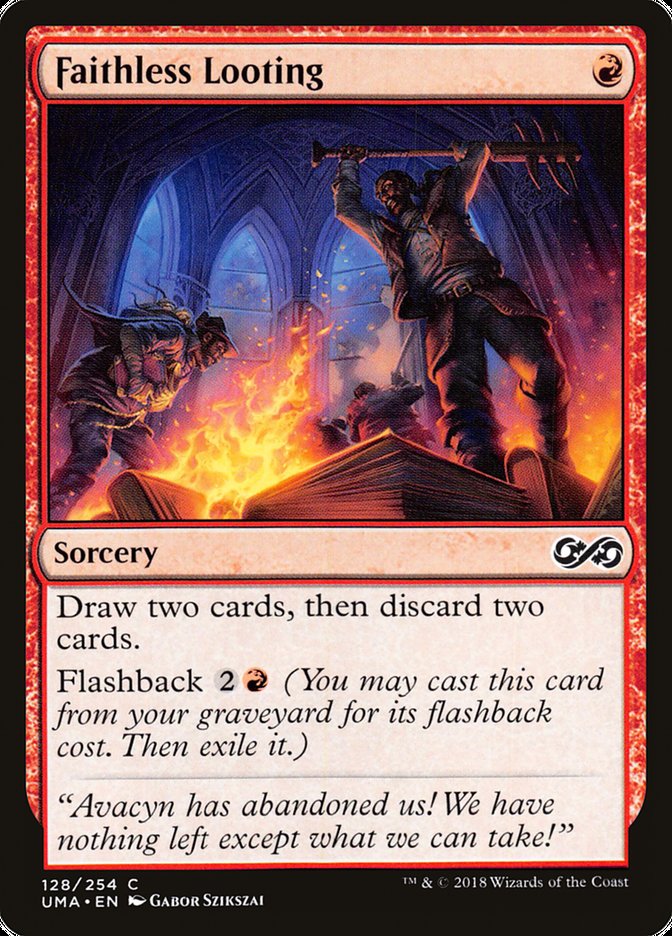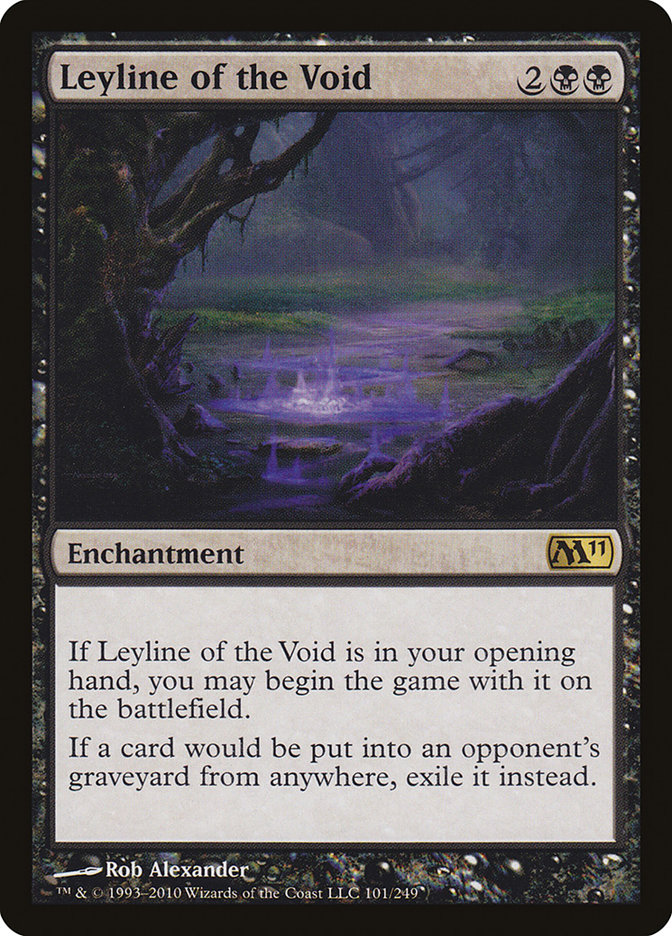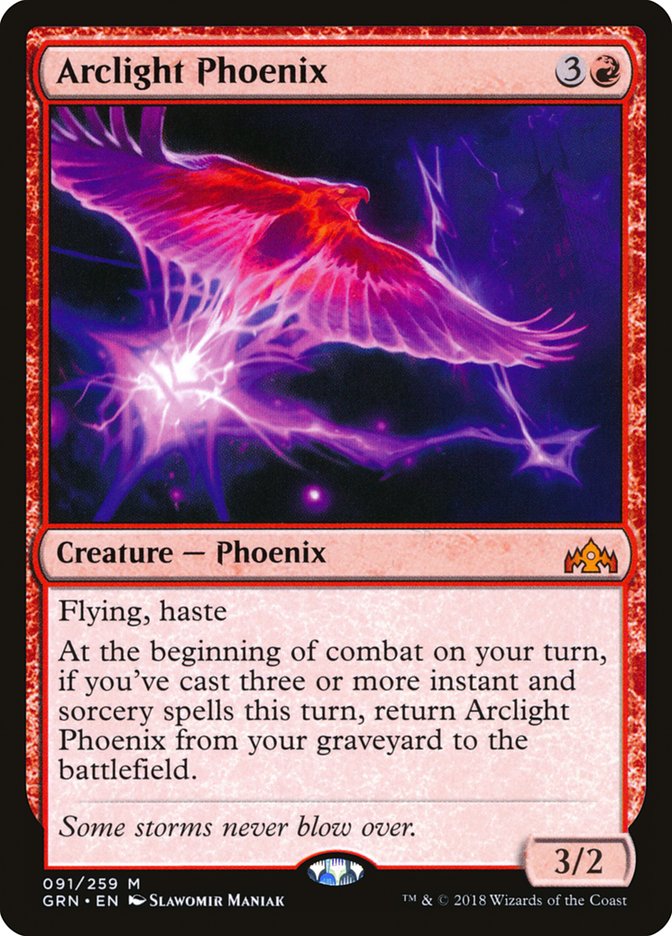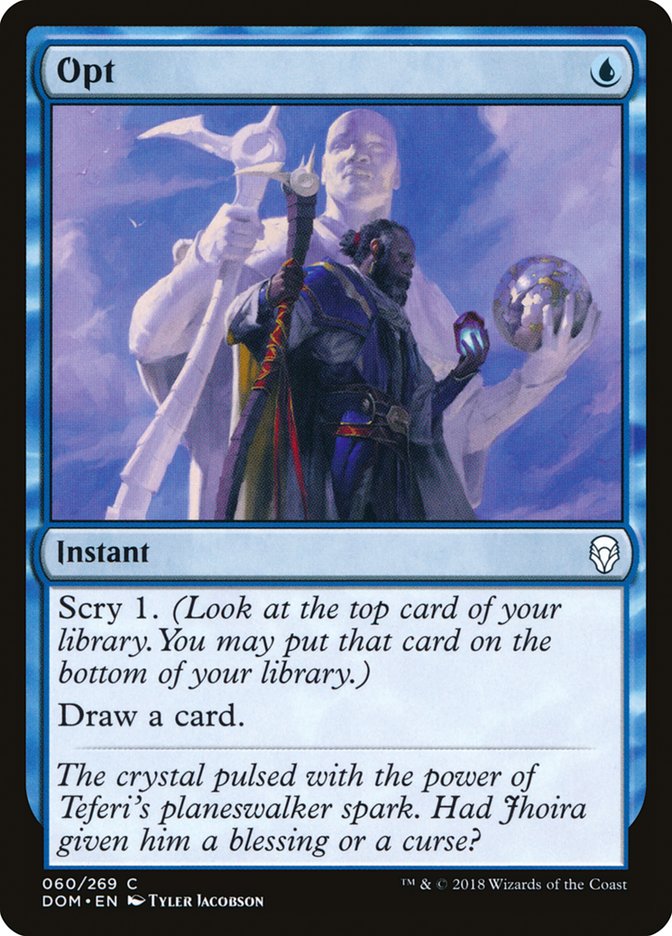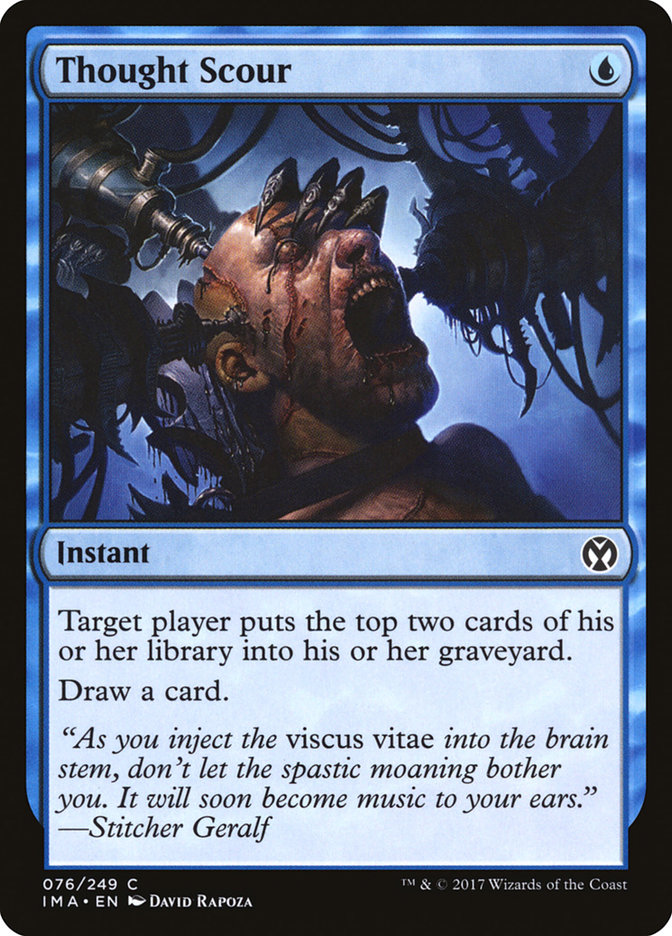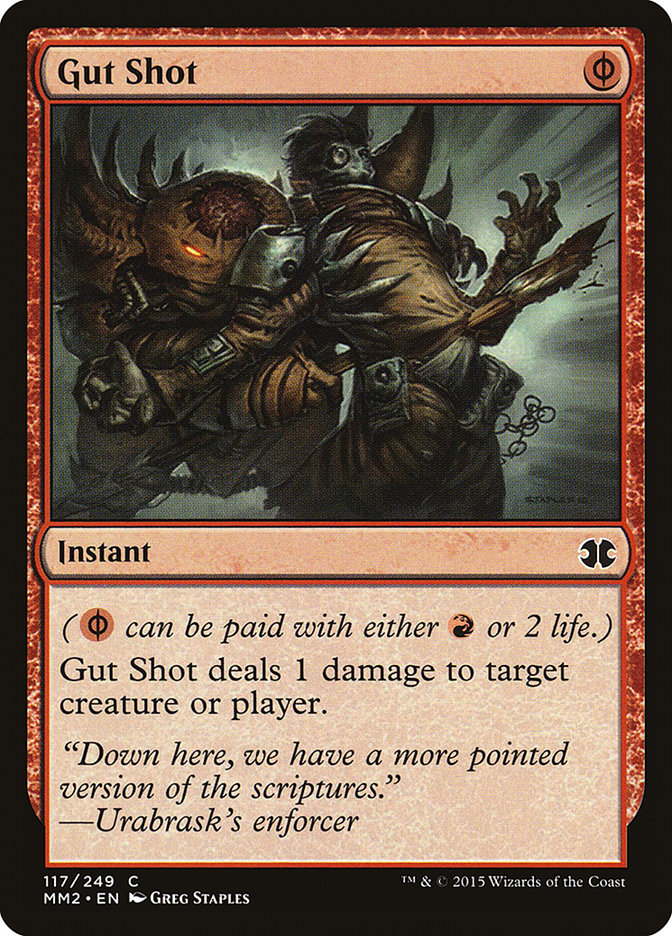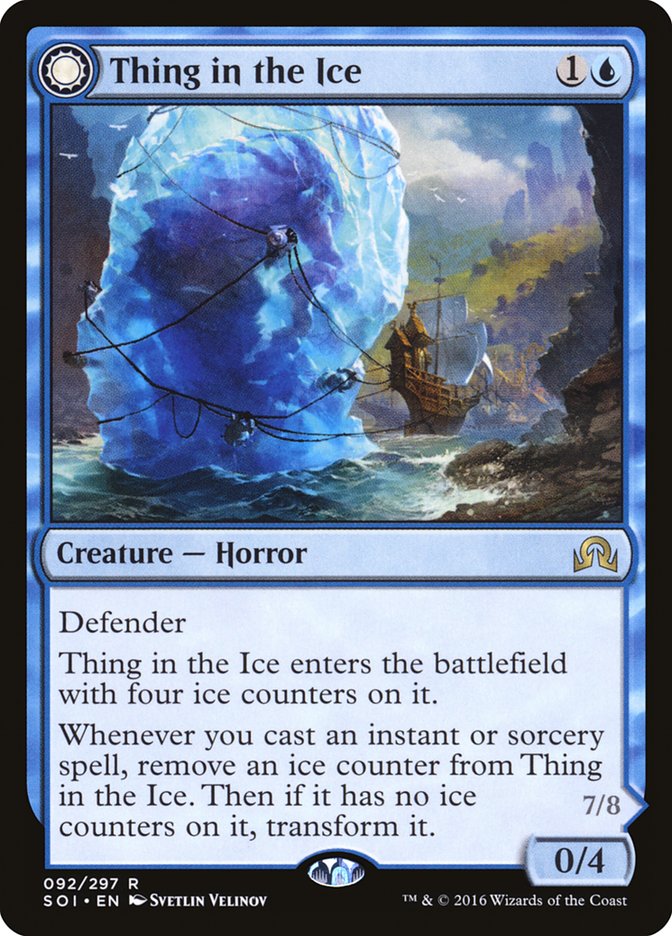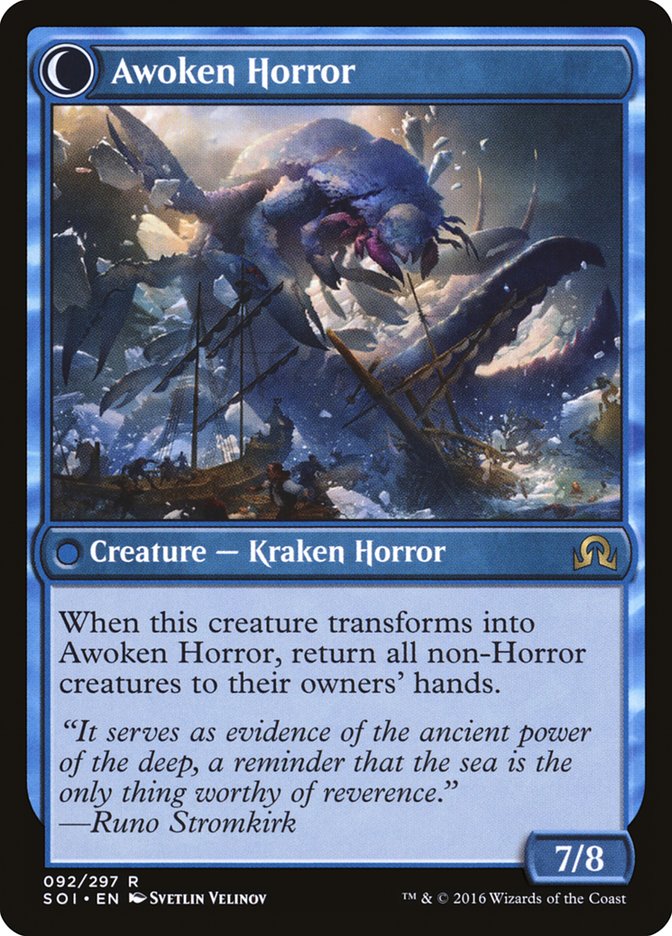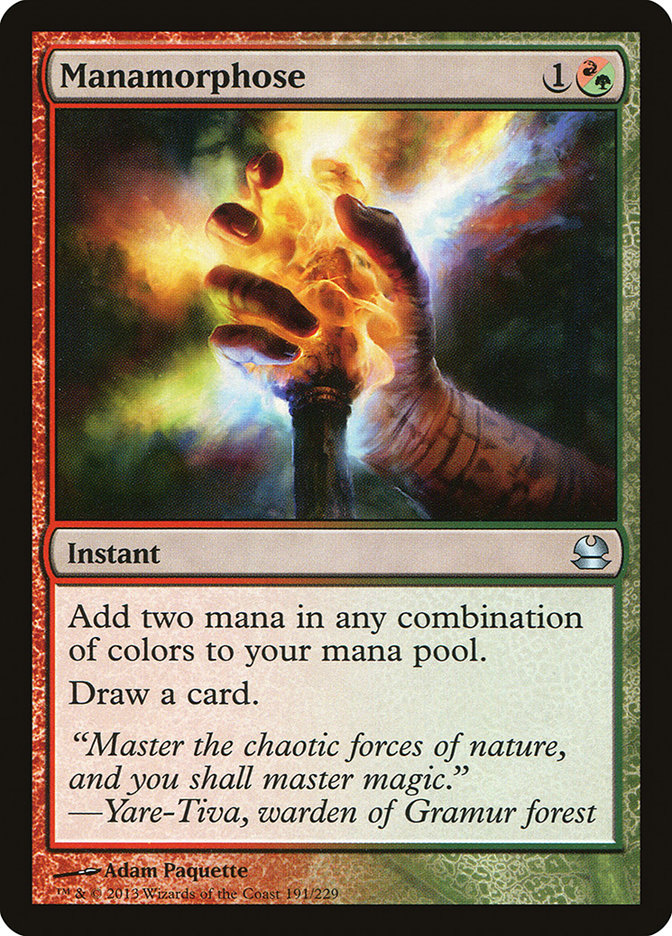Faithless Looting has dodged the banhammer, at least for now (cue the flowing hair and tight pants). And that means the next few weeks of Modern tournaments will be ruled by Izzet Phoenix, which is now widely recognized as the best deck in the format, with Dredge following closely behind.
Now, four months into the deck’s development, Izzet Phoenix is a largely known quantity, but I still see some common takes on the deck that I wholly disagree with and I’m here to set the record straight. Whether you’re playing with the deck, against it, or both, having a deep understanding of the top dog in the metagame is paramount to success in any format, even one as diverse as Modern.
So without further ado, here are the four most pervasive myths about Izzet Phoenix:
Myth #1: Izzet Phoenix Is a Linear/Unfair Deck
I try to stay away from the terms fair and unfair when describing decks, since they’re so vague and I often see different people use them to mean different things. But that confusion has led directly to the first myth about Izzet Phoenix. In this case I don’t mean unfair to mean overpowered, since I think the deck is likely to lead to a ban later this year, but rather I mean unfair as a synonym for linear.
Transforming Thing in the Ice on Turn 3 or returning multiple Arclight Phoenixes on Turn 2 certainly looks unfair, since that’s comparable to what decks like Dredge can do when they’re humming, but Izzet Phoenix is capable of playing the early turns reactively and turning the corner on Turn 4 or 5, or even playing a long game and leveraging its low land count and Faithless Looting to stave off mana flood for longer than its opponent. This versatility makes it much more difficult to combat, and players who are relying on “hate cards” to do so are making a big mistake.
Yes, Izzet Phoenix is proactive, but outside of the card Ensnaring Bridge, which is difficult for most decks to incorporate, there isn’t an effective card to shut down the deck’s gameplan to the point of neutering it the way that Rest in Peace can against Dredge or Stony Silence can against Affinity. Graveyard hate can shut down Arclight Phoenix recursion, but the hardcast mode still gives the card a reasonable floor, and there are several other threats that don’t rely on the graveyard. Taxing effects like Thalia, Guardian of Thraben and Damping Sphere can slow down Thing in the Ice but not stop it entirely. Same for Chalice of the Void.
Surgical Extraction is the closest thing we have to a hate card for Izzet Phoenix, and in reality that card functions much more like a removal spell for Arclight Phoenix than a hate card for the strategy. That may seem like a disappointment, but one of the best ways to position yourself against a nonlinear deck is to make sure your answers line up appropriately against their threats, which is what more players should be focused on.
Fatal Push, Dismember, and Flame Slash are all excellent cards against Izzet Phoenix, and Surgical Extraction plays an important role by shutting down the recursive threat so that your other removal spells don’t get invalidated by a flock of firebirds as the game goes long. Izzet Phoenix plays like a deck with high threat density because of the volume of cantrips, but if you can make the game go long, it’s relatively easy to exploit the overall low number of threats.
Rest in Peace and Leyline of the Void can play a similar role to Surgical Extraction here, serving as part of a larger removal package that also hits Dredge harder, but if your deck isn’t trying to win the long game with removal and card advantage, then they aren’t going to do much.
The other common tactical adjustment to make against fair decks is to play threats that line up well against their removal. That means dodging Lightning Bolt and taxing their Lightning Axes with Gurmag Anglers, Thought-Knot Seers, and Tarmogoyfs. Using your removal to back up some pressure is even better than playing the long game because it punishes the Izzet Phoenix player for spending time casting cantrips to find their next wave of threats.
The deck that best combines these elements, and the single deck I am most scared of is Colorless Eldrazi, but you can adapt any nonlinear deck in these ways to be better against Izzet Phoenix. Just stop loading your sideboard with supposed hate cards and hoping they carry you.
Myth #2: Izzet Phoenix Is an “Arclight Phoenix” Deck
It may be the deck’s namesake, but that’s just because Arclight Phoenix was the card that put it over the top. The card that actually makes the deck tick is Thing in the Ice. Thing was my initial impetus for trying it, as the metagame last fall was dominated by Dredge and Bant Spirits and there weren’t a lot of Fatal Pushes around to answer it. The deck has proven powerful enough to be successful even when targeted.
Arclight Phoenix and Faithless Looting taking so much of the hype is the primary driver of the myth that graveyard hate and cards like Damping Sphere are the best way to attack the deck, as opposed to simply killing their creatures and playing threats that don’t die to Lightning Bolt. Thing in the Ice is the best card in the deck at removing large creatures, the best Turn 2 play other than a multiple Phoenix draw (which is rare), a cheap threat to play while holding up interaction against linear decks, and an early defensive measure against aggressive decks.
Nearly every time I’ve beaten a supposed hate card, it’s on the back of transforming Thing in the Ice. That includes cards like Damping Sphere and even Chalice of the Void.
Thing in the Ice is messed up, and you should be giving it more respect, whether playing with or against it. That means killing it on sight unless you have a strong reason to believe it’s not transforming on the following turn, which usually means their hand is nearly empty. If they have four or more cards, I’d bet on Awoken Horror coming out and wreaking havoc immediately.
The other implication of viewing Izzet Phoenix as Izzet Thing is in how you value cantrips. I see a lot of sideboard guides that aggressively bring out Opt or Thought Scour, which I view as a symptom of poor deckbuilding. The cantrips are part of the core of the deck and are what makes all the threats perform their best, so cutting them has cascading effects on how smoothly the deck operates.
I’ll often trim a cantrip or two against decks with taxing effects, Chalice of the Void, or Eidolon of the Great Revel, since cantrip-heavy hands can be a liability against those cards and their presence likely means the opponent is lighter on removal, so you won’t need to dig for a second or third wave of threats as often, but outside of those scenarios it’s exceedingly rare for me to cut from the cards that make Thing in the Ice as effective as possible.
Myth #3: When Sideboarding with Izzet Phoenix, You Should Always Keep In at Least Two Phyrexian Mana Spells
This might seem counterintuitive, given what I just said about keeping cantrips in the deck to maximize Thing in the Ice, but I wholeheartedly disagree with this oft-repeated suggestion that as far as I can tell originated in Eli Kassis’s report from Grand Prix Oakland.
As a general rule, post-sideboard games involve both players having access to more appropriate answers, causing games to go long. That makes underpowered cards, as all the Phyrexian mana spells are a liability, since it’s hard to trade them for a card. It also means that your Thing in the Ices are more likely to die and your Arclight Phoenixes are more likely to be exiled.
In these games, speed is less important and resiliency is more important, so I’m not interested in the Phyrexian mana spells unless they have some utility on their own. That utility need not be much, since there’s certainly value in packing your Thing in the Ice deck with free spells and Faithless Looting can turn them into something better later on, but there needs to be something.
Killing Sakura-Tribe Scout against Amulet Titan is enough for me to keep in Gut Shot in the matchup, for example, but even then I don’t feel compelled to keep it in if I have better cards to bring in. And I’m surely not going to ping my Golgari opponent for one so my creature can die as an Awoken Horror rather than a Thing in the Ice.
When you keep cards like this in your deck, especially over cantrips, you make yourself much more vulnerable to removal and discard. After sideboarding, it’s often the second, third, or fourth wave that overwhelms the opponent, and the Phyrexian spells sacrifice the speed and power of those waves to maximize the first, while the cantrips ensure that your backup arrives in a timely fashion.
The exception (there’s always an exception) is any deck where transforming Thing in the Ice, and doing so very quickly, is all that matters. The primary example of such a deck is Selesnya Hexproof, which can kill on Turn 4 through blockers and Lightning Bolts. That they have Path to Exile often leads me to waiting until Turn 3 to cast Thing with Spell Pierce or Dispel backup, at which point you’re likely to need to transform it immediately, and often while keeping that same mana available to protect it. Free spells are important for that purpose, and occasionally Gut Shot can target a Dryad Arbor, so I’ll keep those in at the very least.
One of the reasons Izzet Phoenix is so strong is that it can win in every phase of the game. You’re not at all priced into making the deck as fast as possible in order to win. Just don’t put blank cardboard in your deck and use your cantrips wisely, and things will work out more often than not.
Myth #4: Faithless Looting Is the Best Card in Izzet Phoenix
Maybe this is burying the lede, but I’ve saved the most controversial myth for last. Don’t get me wrong; of the cards in Izzet Phoenix, Faithless Looting is the best within the context of the Modern format. It’s likely the best overall card and worthy of the ban discussion it receives.
The card also plays several important roles in the deck, from the high-key enabling Arclight Phoenix to the low-key mitigating any flooding issues created by the high density of cantrips. But it’s not a card I want to draw too many of, especially early in the game. When drawn without Arclight Phoenix or in the face of graveyard hate cards, Faithless Looting is downright awkward.
There’s one card in the deck that I’m virtually never unhappy to draw, and it’s Manamorphose.
Never being unhappy to draw it doesn’t necessarily make Manamorphose better. It just means the card has a low floor, which isn’t surprising, given that it’s a free cantrip that fixes your mana and dodges Chalice of the Void on one. But Manamorphose also leads to a similar number of the deck’s most powerful draws as Faithless Looting, from the Turn 2 double Phoenix draws to Turn 3 Awoken Horrors.
It enables these draws while not costing you a card like the Phyrexian mana spells, and potentially fixing your mana so you can cast both Lightning Bolt and Faithless Looting with a single red source, or chain three cantrips after it despite having drawn a Mountain. This mana fixing allows you to be more conservative with your life total while still casting your spells on time, which is particularly important against Burn.
There are a ton of other little things that Manamorphose does that aren’t flashy but lead to wins. From allowing the deck to operate effectively on two lands, to transforming Thing in the Ice the turn it’s cast, to being a mana-neutral follow-up to Serum Visions when you need to tap out to cast the card you scryed to the top of your library, I cannot overstate how important Manamorphose is to the deck.
I’ve been asked several times if I think Izzet Phoenix can survive a Faithless Looting ban, and I don’t think it would in its current form, since Looting is so much better than all the other enablers for Arclight Phoenix. I think there could be a proactive deck that utilizes cantrips and Thing in the Ice (probably with more Pteramanders and a bit more interaction) but that’s not happening without Manamorphose, nor is Mono-Red Phoenix.
There’s a common thread among all these myths, and it leads to the biggest misconception that exists about Izzet Phoenix, and indeed Modern in general. It’s that Modern is a format that’s dominated by high-variance linear decks, decks that can kill you on Turn 3 one game and then fail to do anything in the next.
There are plenty of decks like this that exist in the format, of course, but because there are so many decks that can do powerful things on Turns 2-4, the most successful decks have to do something to separate themselves from the pack. That separation doesn’t come from raising the already high ceiling these decks enjoy, but from raising their floor. That means lowering their innate fail rate and/or having some amount of interaction to slow the opponent down if your draw needs more time to come together.
Compare Izzet Phoenix to Storm, a successful archetype in Modern that at times has had a claim to be the best deck and has a similar density of cantrips to Izzet Phoenix. It’s not nearly as consistent, since the payoffs it uses require lots of cards to come together. Thing in the Ice needs just the cantrips, as do Crackling Drake and Pteramander. Arclight Phoenix needs Faithless Looting or Lightning Axe. All of these cards are capable of winning the game and demand respect from the opponent.
Moreover, they also require different answers, so when it comes to which deck is able to quickly land an unanswered win condition in the face of disruption, Izzet Phoenix is much better. Plus, it has more relevant interaction, so it’s gaining that consistency with less deck space.
That space for added interaction is even more important in the post-sideboard games, since the density of cantrips allow you to find narrowly powerful cards more readily than in other decks, so your Blood Moons are more effective than Mardu Pyromancer’s Blood Moons, and your Dispels are more effective than Jeksai Control’s Dispels because they get cast faster and more often.
Because of the incredible level of power and consistency that Izzet Phoenix has, I cannot possibly recommend anything else for Modern right now, but if you’re dead set on playing against it, you’d better fully understand what you’re up against. Godspeed and good luck.


